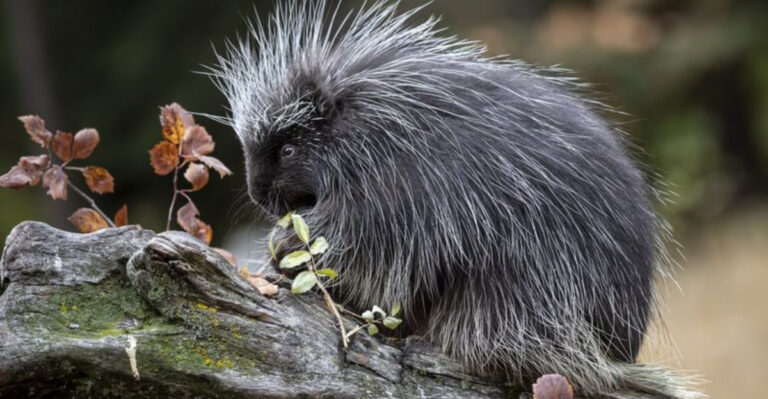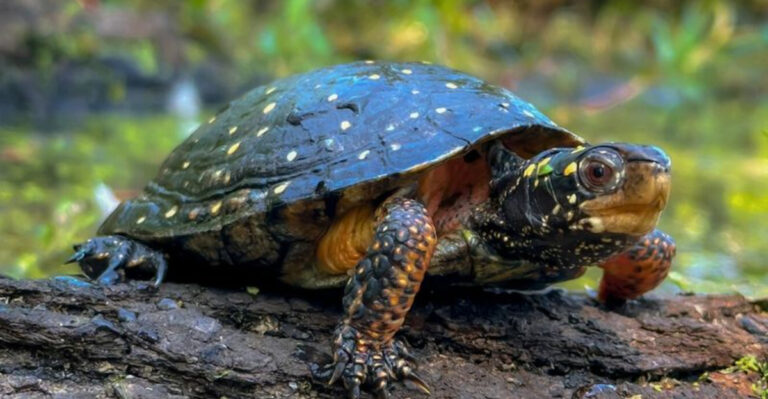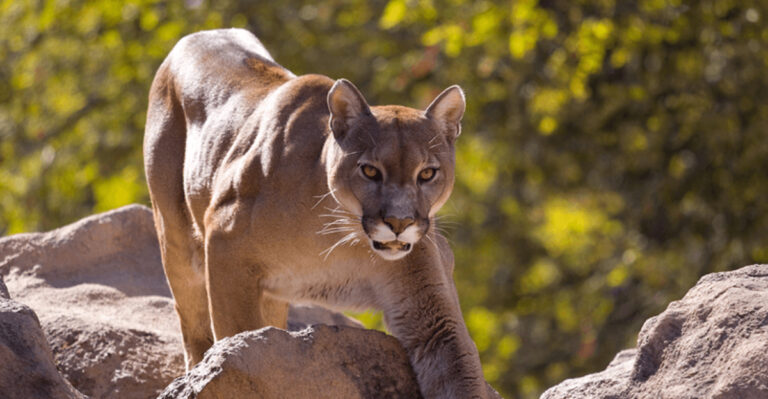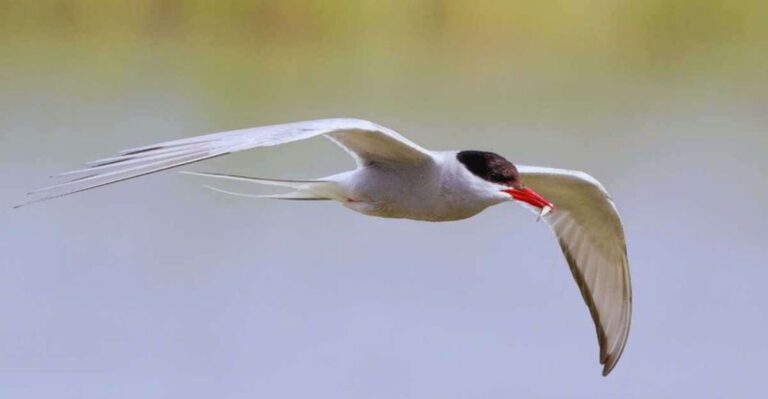How Long Do Snakes Live? Understanding Snake Lifespan
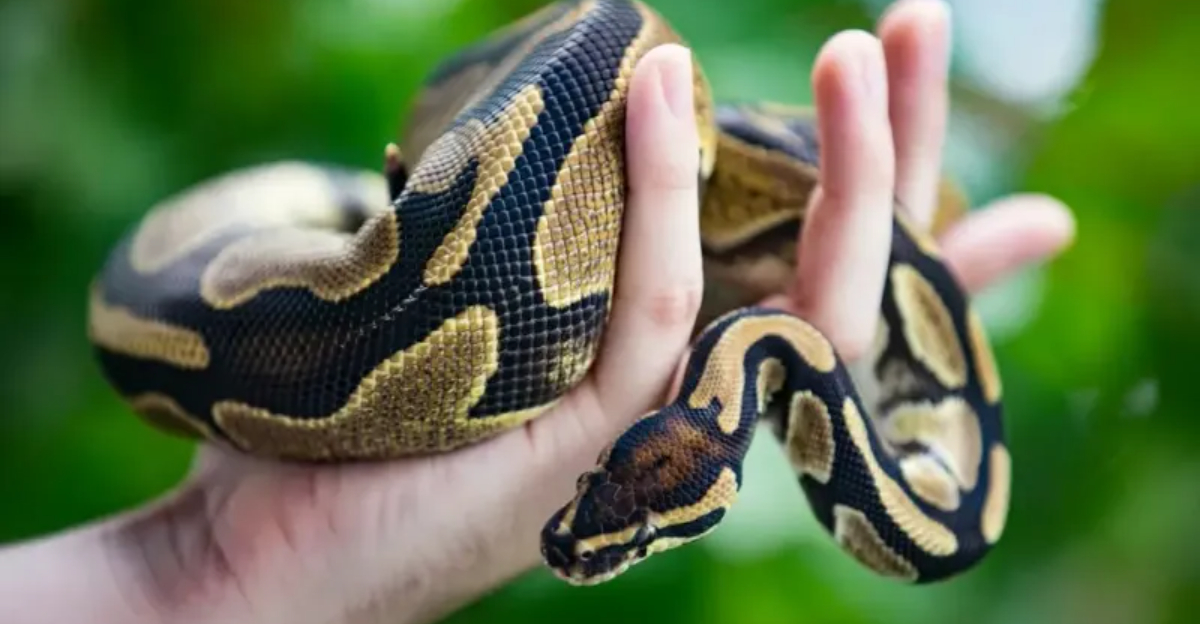
Ever wondered how long those slithery reptiles can survive in the wild or as pets? Snake lifespans vary dramatically across species, with some living just a few years while others can outlive their human caretakers.
Understanding how long snakes live helps both wildlife enthusiasts and pet owners better appreciate these fascinating creatures and provide appropriate care throughout their lives.
Average Lifespan Ranges
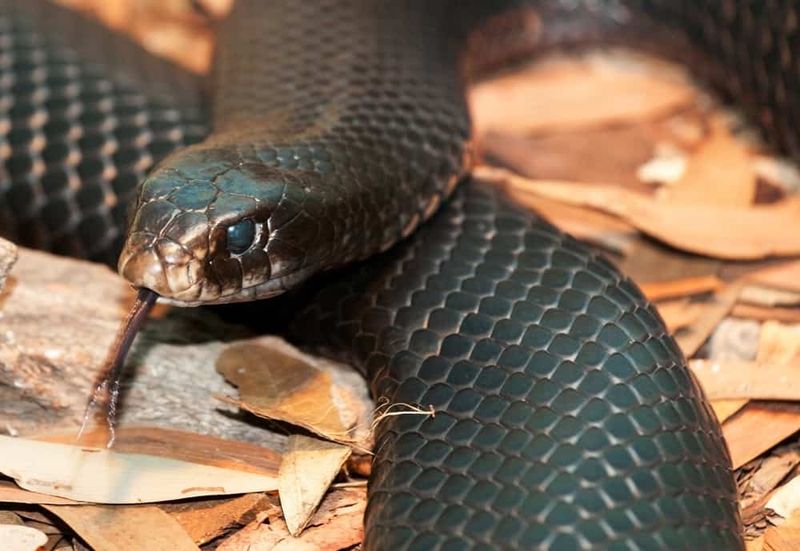
Most snakes live between 10-20 years in captivity, though this range varies widely by species. The smallest species often have shorter lives of just 4-8 years, while larger snakes frequently survive for decades.
Wild snakes typically have shorter lifespans than their captive counterparts due to predators, disease, and environmental challenges. Factors like genetics, diet quality, and healthcare access play crucial roles in determining how long a snake will live.
Even within the same species, individual snakes may show significant lifespan differences based on their specific living conditions and care.
Captivity Vs. Wild Survival

Captive snakes typically live 2-3 times longer than their wild counterparts! In nature, predators, weather extremes, food scarcity, and diseases create constant survival challenges that captive snakes never face.
Wild snakes spend tremendous energy hunting, defending territory, and finding mates – activities that accelerate aging. Protected from these stressors, pet snakes channel more energy into growth and cellular maintenance.
The controlled environment of captivity eliminates weather-related deaths that claim countless wild snakes annually. Regular feeding schedules, veterinary care, and protection from predators create an artificial longevity boost that dramatically extends a snake’s natural lifespan.
Diet’s Impact On Snake Age
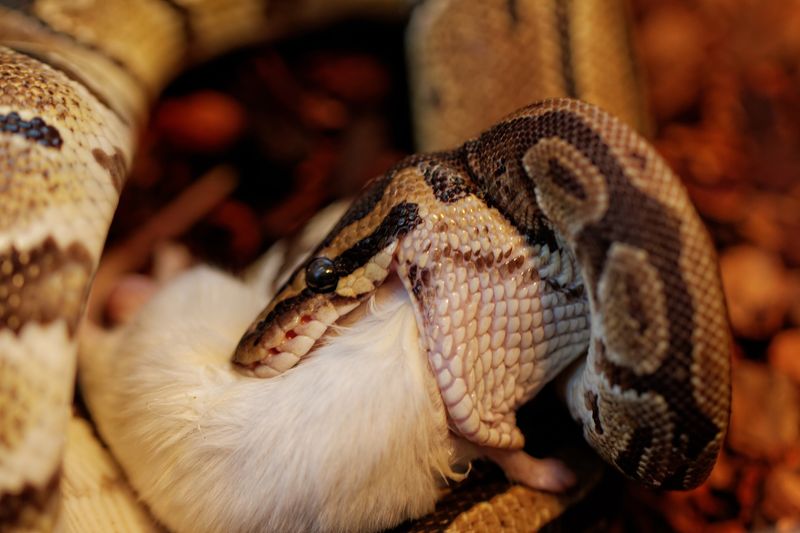
Proper feeding directly influences how long your snake will live! Overfeeding ranks among the top causes of premature death in captive snakes, leading to obesity, fatty liver disease, and reproductive issues that shorten lifespan.
The quality of prey matters tremendously. Captive-bred feeder animals raised on nutritious diets provide better sustenance than wild-caught prey, which may carry parasites or environmental toxins.
Feeding frequency should mimic natural patterns. Many snake owners mistakenly feed too often, not realizing that wild snakes might eat just 10-20 meals per year! This evolutionary adaptation to food scarcity means their digestive systems aren’t designed for constant feeding.
Temperature’s Effect On Longevity
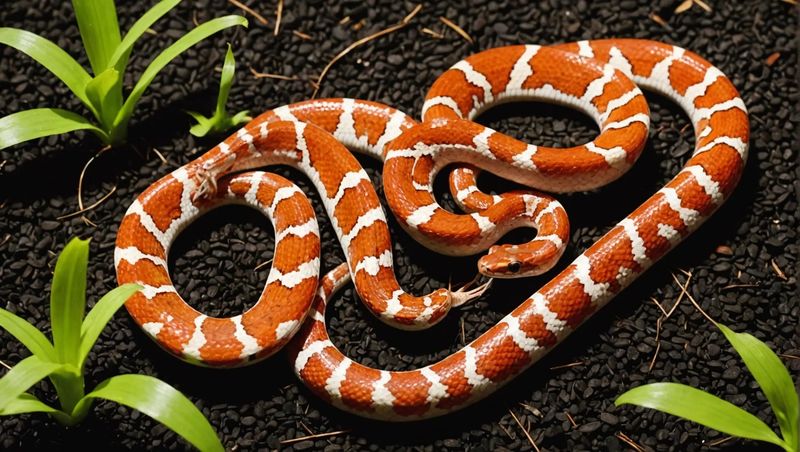
Being cold-blooded, a snake’s metabolism and lifespan are directly tied to its environmental temperature. Snakes kept at consistently proper temperatures generally live longer than those subjected to temperature fluctuations or extremes.
Too hot, and a snake’s metabolism races, potentially reducing lifespan by accelerating cellular aging. Too cold, and they cannot properly digest food or fight infections, leading to health complications.
Different species have evolved for specific temperature ranges. Desert species like sand boas thrive in warmer conditions that would stress tropical species. Providing the correct temperature gradient for your specific snake species can add years to its life.
Genetics And Breeding Effects
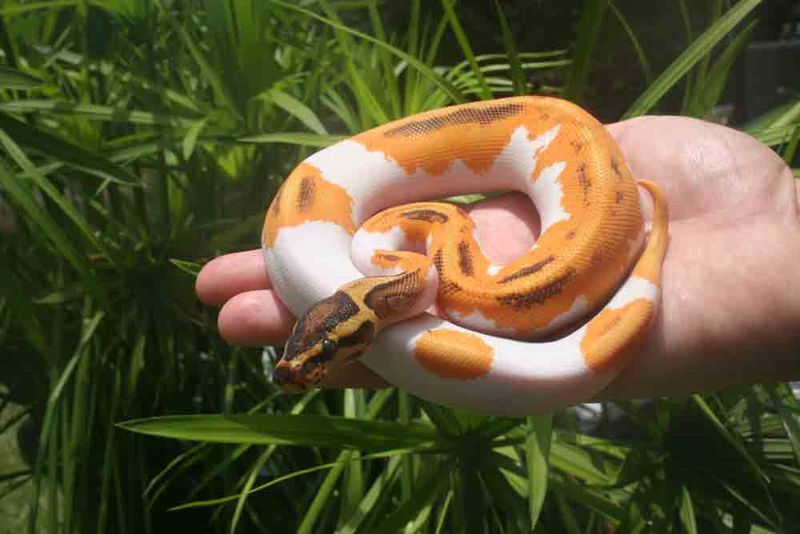
Selective breeding for specific morphs (color patterns) sometimes inadvertently reduces snake lifespans. The spider ball python morph, for instance, comes with neurological issues that can impact quality of life and longevity.
Inbreeding to achieve rare patterns concentrates genetic defects. Responsible breeders maintain genetic diversity by carefully tracking bloodlines and avoiding close-relative pairings.
Wild-type snakes (those with natural coloration) often live longer than heavily-bred morphs. Their genetic makeup represents thousands of years of natural selection for health and survival rather than human aesthetic preferences. For maximum lifespan potential, many experts recommend choosing snakes with genetic backgrounds focused on health rather than unusual appearances.
Health Issues Affecting Lifespan
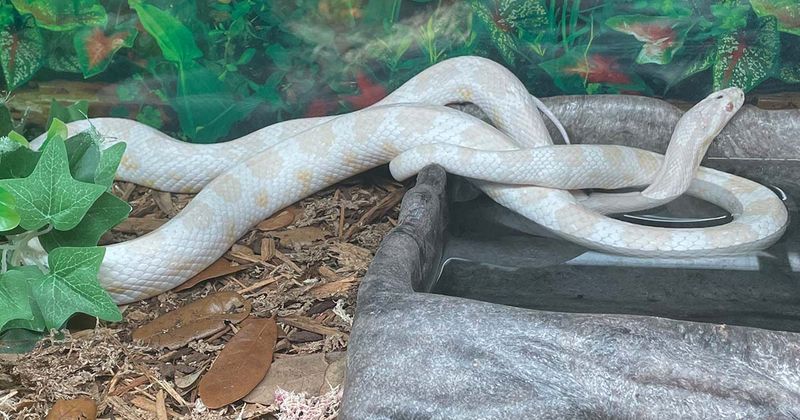
Respiratory infections represent one of the biggest lifespan reducers for captive snakes. Caused by improper humidity or temperature, these infections can quickly become fatal if not treated promptly with veterinary care.
Mouth rot (infectious stomatitis) frequently develops when snakes are kept in suboptimal conditions, leading to painful inflammation that prevents eating. Scale rot similarly occurs in damp environments, creating skin infections that can spread systemically.
Parasites like mites and ticks drain vitality and spread disease. Regular health checks and proper quarantine procedures for new animals help prevent these common but serious threats that can cut a snake’s potential lifespan in half.
Record-Breaking Snake Ages

The oldest documented snake was a ball python named Ajax who lived an astonishing 47 years in captivity! While exceptional, this case demonstrates the remarkable longevity potential in well-cared-for snakes.
A boa constrictor at the Philadelphia Zoo reached 40+ years, and several other zoo specimens have surpassed the 35-year mark. These record-breakers typically receive exceptional veterinary care, perfectly controlled environments, and optimized nutrition throughout their lives.
Interestingly, many record-holders come from species not typically considered the longest-lived. This suggests that individual genetics and care quality may sometimes outweigh species-typical lifespan expectations.
Corn Snake Years

Friendly and low-maintenance, corn snakes typically live 15-20 years with proper care. These North American natives make excellent first-time snake pets partly because of their manageable lifespan commitment.
Wild corn snakes rarely reach their full potential lifespan due to predation and harsh environmental conditions. The oldest documented captive corn snake reached 32 years – quite extraordinary for this species!
Their moderate size (usually 3-5 feet when fully grown) correlates with their middle-of-the-road lifespan among common pet snakes. Regular veterinary check-ups and proper husbandry can help maximize their years.
Ball Python Longevity

Ball pythons rank among the longest-living pet snakes, with many reaching 20-30 years in captivity! These popular pets from West Africa have broken records with some specimens living past 40 years when provided exceptional care.
Their impressive longevity makes them a serious long-term commitment for potential owners. A ball python purchased during elementary school might still be with you when your own children start college!
Their relatively slow metabolism contributes to this extended lifespan, allowing them to process energy efficiently and age more slowly than many mammals of similar size.
Giant Constrictors’ Decades

Reticulated pythons and anacondas can survive an astonishing 20-30+ years in captivity! These massive serpents grow continuously throughout their lives, reaching lengths of 15-25+ feet in some cases.
Their extraordinary size correlates directly with their impressive longevity. The slow metabolism that allows them to go months between meals also contributes to their extended lifespans by reducing cellular damage over time.
Zoos have documented specimens living into their late 30s. This remarkable longevity means these giants often outlive multiple caretakers in captivity, requiring detailed long-term care plans and sometimes becoming part of a keeper’s will!
King Cobra Longevity
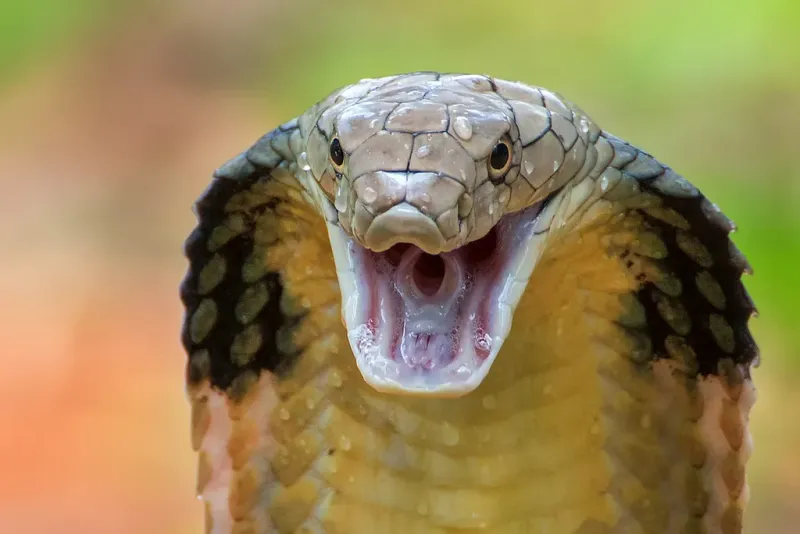
The magnificent king cobra typically lives 15-20 years in the wild. As the world’s longest venomous snake, reaching up to 18 feet, these intelligent hunters command respect throughout their Asian range.
Their complex behaviors, including nest-building and parental care (rare among snakes), suggest higher cognitive functions that may correlate with their relatively long lifespans. In captivity, with expert care and proper nutrition, king cobras occasionally reach 25 years.
Their specialized diet of other snakes presents unique challenges for long-term captive care. This dietary requirement partly explains why they’re rarely kept outside professional facilities and why wild lifespans can vary dramatically based on prey availability.
Venomous Vipers’ Timeline
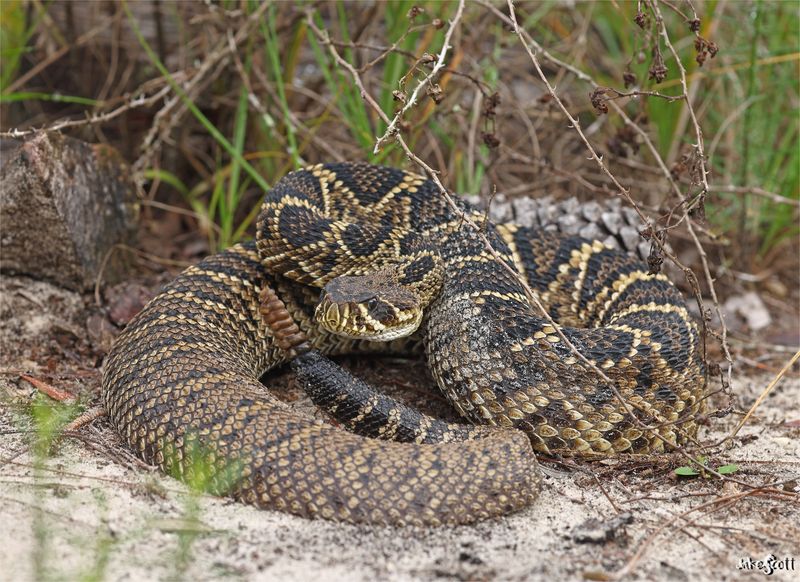
Rattlesnakes, copperheads, and other vipers typically live 10-15 years in the wild, with some captive specimens reaching 20+ years. Their specialized venom delivery systems and hunting adaptations come with metabolic costs that may contribute to their shorter lifespans compared to some non-venomous species.
Stress significantly impacts venomous snake longevity. Wild-caught specimens rarely adjust well to captivity, often living shorter lives than captive-bred individuals.
Their high-energy hunting style and relatively fast metabolism compared to constrictors partially explains why these defensive serpents don’t match the decades-long lifespans of their larger cousins.

